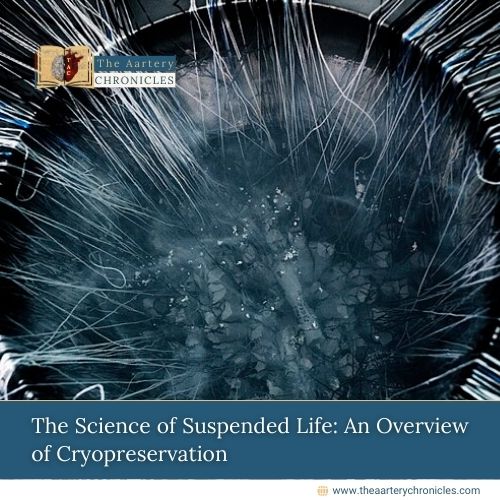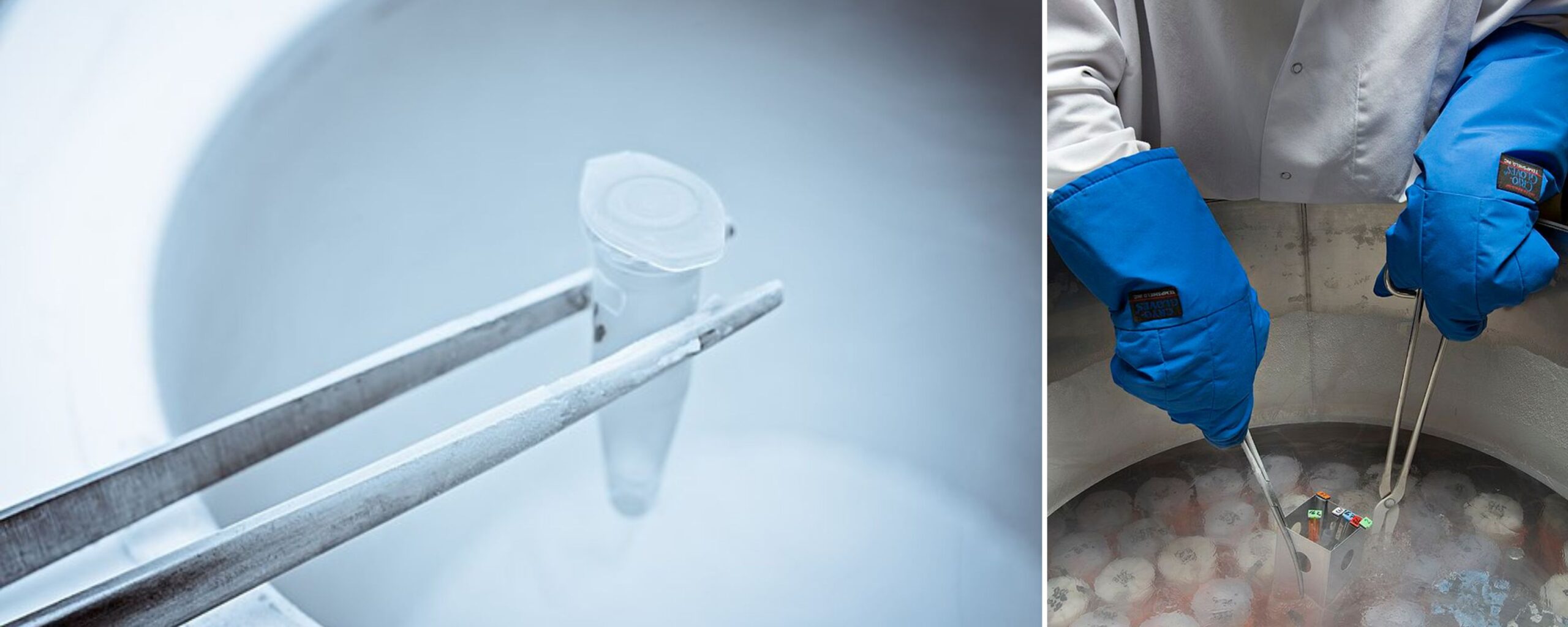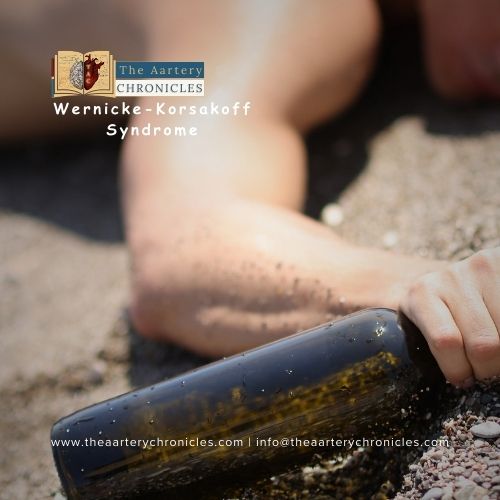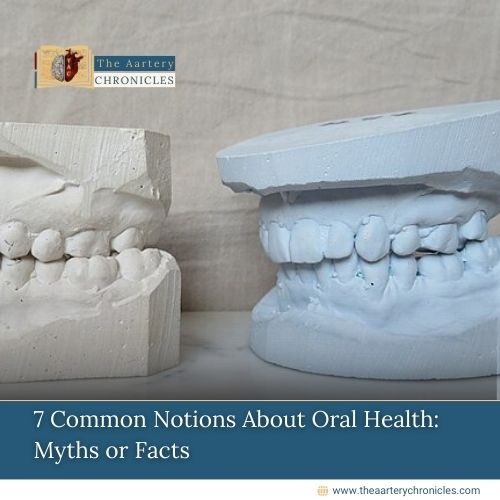

The Science of Suspended Life: An Overview of Cryopreservation
Overview
Cryopreservation refers to preserving cells, tissues, organelles, or any biological substance at an extremely low temperature typically at or below -80 °C to halt biological activities so that they can be revived and used whenever required.
The word cryopreservation is derived from the Greek word ‘Kryos’ which translates to ‘Frost.’ Cryopreservation commonly involves storing biological material in liquid nitrogen, deep freezers, or vapour phase nitrogen.[1]
Several biological samples including oocytes, cells, tissues, organs, spermatozoa, pre-implantation embryos, etc., can be preserved without affecting their viability using the technique of cryopreservation. [1]
History of cryopreservation
The idea of cryopreservation has been deeply rooted in our ancient civilizations and mythologies. Several instances of frozen people being revived years later have been shown in numerous movies. The idea of cryopreservation existed ages ago when people in ancient civilizations used snow to preserve biological materials.
Early Experiments
- After the invention of the microscope, Spallanzani in 1776 noticed the ability of sperm to maintain motility even after being exposed to cold temperatures. [2]
- The research on the impacts of cryopreservation on biologics began in the late 1800s when efforts were made to preserve red blood cells (RBCs) and spermatozoa. [2]
Significant Milestones of Cryopreservation
- In 1948, C. Polge, A.U. Smith, and A.S. Parkes achieved a breakthrough by accidentally discovering that glycerol enables the survival of fowl spermatozoa at -70 °
- This became the foundation for developing a technique called cryopreservation and the first successful attempt at preserving mammalian cells, with further research demonstrating that glycerol prevents intracellular freezing damage.
- This experimental research proved glycerol to be what we call today a cryoprotective agent (CPA) [3] [4]
- Another milestone was achieved in the late 60s when Peter Mazur discovered the mechanism of freezing injury because of ice crystallization. The research pointed out that each biological material has its individual freezing and thawing rate. [4]

What are cryoprotectants?
Cryoprotectants were introduced around the 1950s and have significantly shaped the advancements in cryobiology.
- Cryoprotectants are substances that protect the biological material from freeze damage.
- These substances are used during the cryopreservation processes to prevent ice crystal formation, avoiding loss of viability and cellular injury of the tissues.
A few common examples of cryoprotectants are:
- Dimethyl Sulfoxide (DMSO)
- Glycerol
- Ethylene glycol, etc.
Modern Advancements and Applications
The 20th Century and its second half have significantly expanded scientific research and technical innovation in the field.
- 1950 onwards cryopreservation has been widely used for storing plant and animal materials
- Researchers began implementing cryopreservation for human materials, in 1954 three pregnancies were achieved by artificial insemination of frozen sperm [5]
- With more experiments on several cell types, microorganisms could also be stored and preserved without significantly losing vitality
Today, the field of cryobiology influences several aspects including reproductive medicine, transplantation, animal breeding, regenerative medicine, biomedical research, biosecurity, and conservational biology [5]
What is Suspended life?
Suspended life refers to the theory of interrupting and later resuming biological processes, effectively halting the growth and generation of cells allowing the storage for indefinite intervals. Cryopreservation can help put any biological materials or bodies ‘on hold.’ [5] Up until now, advancements have been achieved in preserving biological materials, however, completely suspending and later reviving an entire complex organism such as a human has not been accomplished yet and the concept remains a matter of ongoing research.
Although there is no guarantee of future revival, according to reports, individuals have undergone cryopreservation with many people on the waiting list.
Ethical Considerations of Cryopreservation
Like most novel advancements, the field of cryonics and cryobiology too has its share of ethical dilemmas that are highly complex and multifaceted impacting human morality, society, and legality. Some of the considerations include:
- Moral status of the frozen embryos
- Informed consent for cryopreservation of the individuals’ gametes or embryos
- Concerns regarding exploitation
- Risks of long-term storage
- Impact on resources particularly for cryonics
- Posthumous Reproduction
Conclusion
Cryobiology has evolved significantly over the ages and has offered important benefits across several fields such as medicine, conservation, and research. The progress made since its beginning demonstrates the potential it holds to influence longevity and human health. Although the concept of suspended life or the popular theory of permanent presence remains a topic of research, the future holds innumerable possibilities and endless innovations.
- Cryopreservation and its applications – A brief review | European Journal of Pharmaceutical and Medical Research
- Cryopreservation: An Overview of Principles and Cell-Specific Considerations | Sage Journals
- The History and Principles of Cryopreservation | PubMed
- Life suspended: The past and future of cryopreservation | University of Washington
- Welcome to Whenever: Exploring Suspended Life in Cryopreservation Practices









